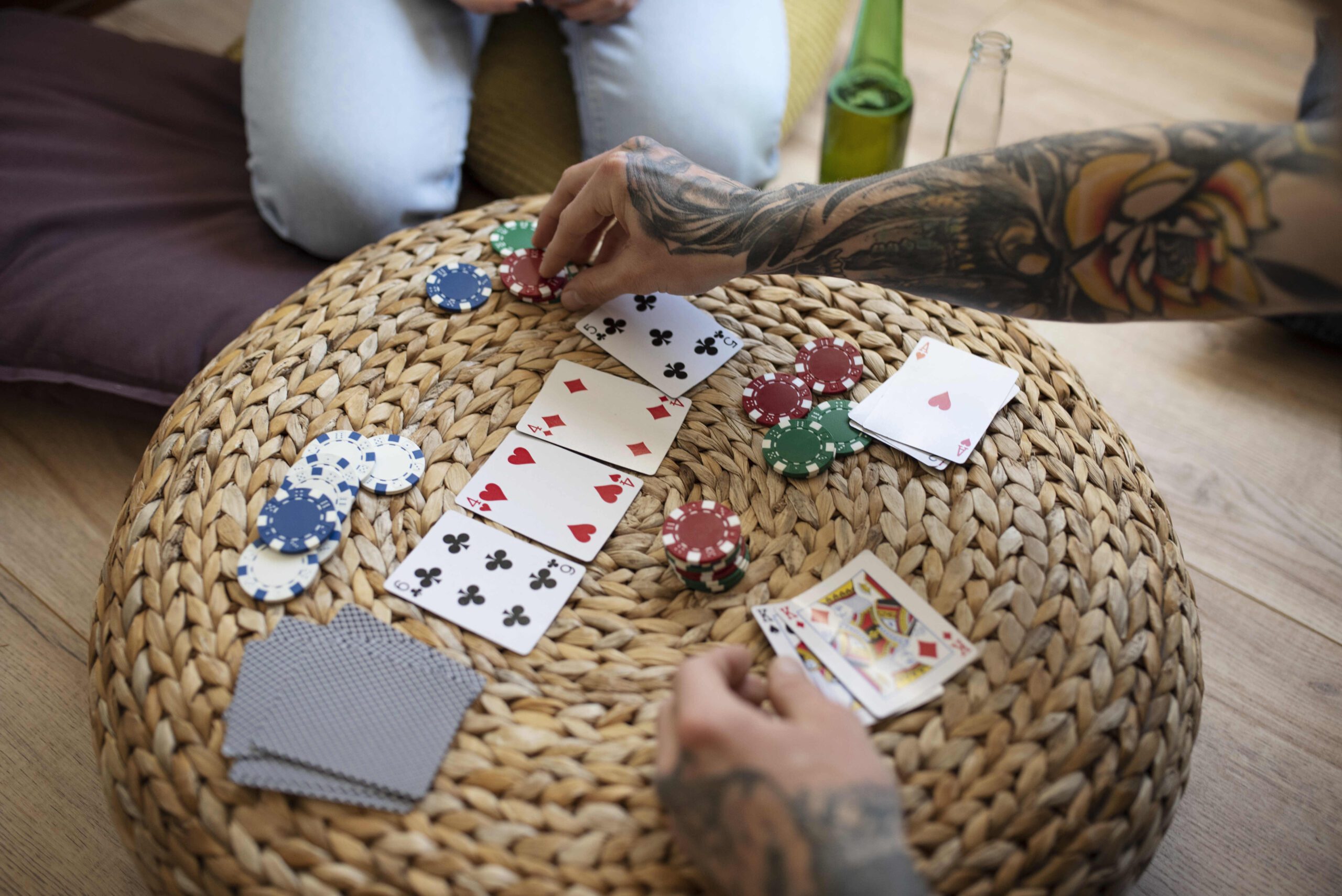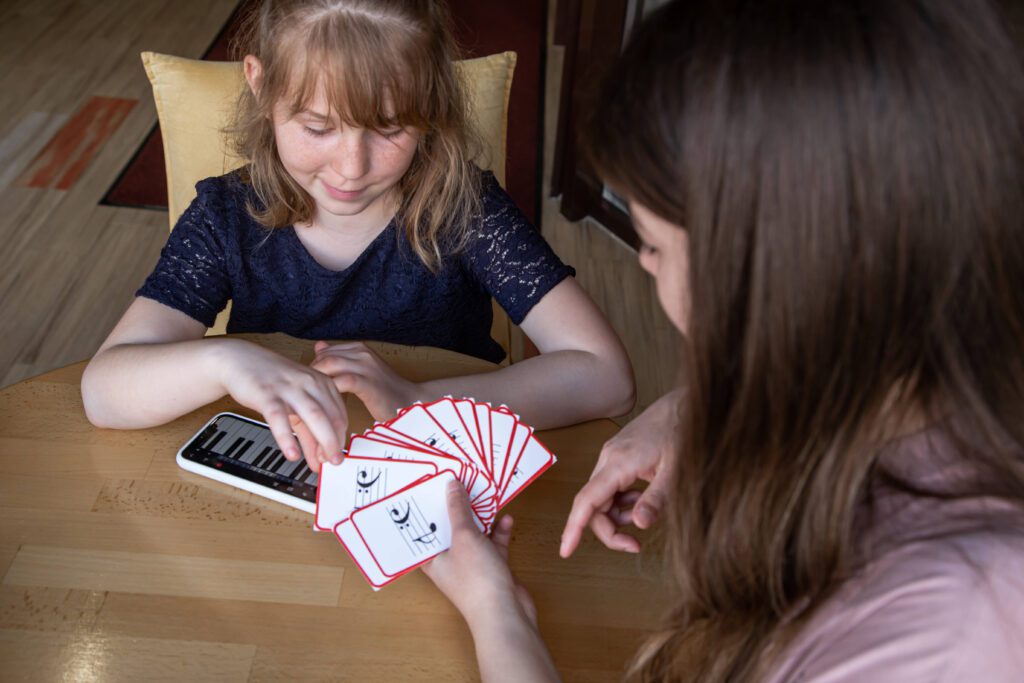Introduction
Cribbage is a card game which combines strategy, skill and chance. It has its own scoring system and uses a Cribbage Rules for 2. This game has a rich history and remains popular among players of all ages. In this article, I will be guiding you through the basics of cribbage concentrating mainly on 2 player rules. Whether you are new to the game or you want to improve your skills in it, learning these rules will help you enjoy it more.
Thank you for reading this post, don't forget to subscribe!What is Cribbage?
Cribbage is usually played by two people but it can be adjusted to accommodate more players. A regular 52-card deck and special cribbage boards are required for playing the game. The aim of Cribbage is to be the first person to score 121 points.
The Popularity of Cribbage
For centuries, Cribbage has been one of the most popular games in many English-speaking countries. Many people play it in pubs or at home informally.
One reason why Cribbage appeals to many people is that it combines both luck and skill in equal measure. Although cards distribution introduces some randomness, strategic decision-making coupled with skillful play greatly affect the results achieved.
Why Learn Cribbage Rules for 2?
It is very useful to know how to play cribbage with two people. Because it is one of the most popular and easiest ways to learn this game. Knowing the rules for playing a 2-player game can help you understand its mechanics and strategies well. Besides, mastering this version of the game sets a good foundation for understanding other variations that incorporate more players.
The History of Cribbage
Cribbage has an interesting history that goes back hundreds of years. This part looks at how it all began and what it has turned into over time.
Origins of Cribbage Rules for 2
- Crib was believed to have been created by Sir John Suckling, an English poet, in the early 17th century. The poet was mentioned as a passionate gambler; he invented the game while modifying an old card game.
- Thus, he improved on Noddy’s rules by introducing the characteristic crib. Aspect which had major implications on its strategic orientation and scoring patterns. Consequently, Suckling’s adaptation quickly gained traction within England and subsequently diffused across other parts of globe.

Evolution of the Game
Many factors have contributed to the evolution of cribbage in the course of time. However, its basic structure which includes pegging, scoring combinations and crib has changed little from the beginning. Still, different variations and house rules were developed reflecting regional preferences as well as player’s creativity.
In the 19th century, cribbage was made popular especially in America and Canada after being taken across Atlantic Ocean. Sailors and soldiers loved it because it could easily be moved around as well as established. Without much effort hence leading to its wide use.
Furthermore, scoring became straight forward and attractive with the introduction of the cribbage board. That had unique pegs for scoring and holes which helped standardization of the game. Cribbage boards today are designed differently ranging from traditional wooden boards to modern ones made to order.
Setting Up the Game: Cribbage Rules for 2
Starting a game right is necessary for an enjoyable game of cribbage. The initial setup process and card-dealing process are discussed here so that you can feel confident about starting a game.
Initial Setup
To start playing cribbage, you need a standard deck of 52 cards and also a cribbage board. Here is how to set it up step by step.
Place the cribbage board between the two players. Each player must have pegs in different colors to keep track of scores. Both players should have different colored pegs for scoring purposes.
Mix up the deck well so as to have random distribution of cards.
Each player cuts the deck and the one with the lower card becomes dealer.
Dealing the Cards
Then, the process of dealing starts when dealer has been determined
The dealer shuffles once more and deals six cards to each participant, one at a time, from top down. This gives each player 6 cards.
Each person picks out two cards and puts them face down on top of another pile called “crib”. These four cards are used later in this round by the dealer for additional points whilst scoring other points too for your hand. Therefore, it’s necessary to be strategic when picking these cards as far as both its probable that they could give or not give points to yourself or else affect your own hand
With the initial setup and dealing of cards complete, the game is ready to proceed to the next stages, where players will lay down their cards, score points, and aim to outmaneuver their opponent strategically. By following these steps, you ensure a fair and organized start to your cribbage game.
The Crib
To master cribbage, the concept of the crib and how to score for it must be understood. The description of what the crib is and a guide for scoring it effectively is given in this part.
What is the Crib?
In cribbage, ‘crib’ refers to second hand that consists of four cards which are not dealt at the beginning of every round. So, these four cards are made up of two discarded by each player once they have received their initial deal. It belongs to dealer who can get additional points from this hand. The crib is separate from players’ hands and is scored after counting main hands.
How to Score the Crib
Scoring the crib is done in line with principles used in scoring a regular hand plus starter card. This is how to go about scoring your own crib:

Incorporate Starter Card:
After both players dispose their playing cards into the crib, non-dealer cuts off remaining deck to reveal ‘starter card’ or ‘cut card’. This card will be combined with the other four cards making up the crib in order to form combination for scoring purposes.
Strategy for discarding to the crib:
- When players are discarding to the crib, they have to strike a balance between making their own hand better and minimizing the number of points that they may give to the dealer. More experienced players look at the possible combinations that could happen in the crib and either maximize or minimize points based on whether they are dealing or not-dealing.
- Mastering how scores are made in a cribbage game will give an upper hand in this game to any player as it helps a lot in making decisions that would result into higher scores and good chances of winning games.
Winning the Game
Knowing how to win at Cribbage is more than just understanding rules; it involves strategic play and effective scoring. This section advises on how one can make it to the finish line with a few strategies to increase his/her chances for success.
Reaching the Finish Line
The ultimate goal in cribbage is to be the first player to reach 121 points. Here’s how to get there:
- Scoring Points: Players score points by pegging (scoring during card play), counting hands, and scoring the crib. The points, represented by pegs which jump each other, are kept on a cribbage board.
The game of pegging is a progression which occurs as the player tries to score as many points as possible per round. In course of playing cards or counting your hand and crib, “peg out” (which means reaching the target score) can be done by any player.
Strategies to Win: Cribbage Rules for 2
Effective strategies can significantly improve your chances of winning in cribbage. Here are some key strategies to keep in mind:
Optimizing Your Hand: Cribbage Rules for 2
- Maintain Flexible Cards: You need to retain several cards that will enhance their ability to form multiple combinations. A card like 5s is highly sought after because it combines easily with many other cards to make 15.
- Avoid Gaps in Runs: This means trying not to have large gaps in your runs that depend on certain cards coming out. Small runs are more reliable since they are flexible enough than big ones.

Discarding to the Crib: Cribbage Rules for 2
- Minimize Points for Your Opponent: As a non-dealer, you should throw away those cards which are less likely to produce strong combinations in the crib. Usually low-valued cards such as twos and threes make sense.
- Maximize Your Own Crib: On the other hand, discard complimenting cards when you are dealing and maximizing all kinds of scoring potential on a starter card and among others in your crib.
Cribbage Strategy for 2 Players
To excel at cribbage, especially when playing with two players, a good mix of offensive and defensive strategies is crucial. This section provides insights into both types of strategies to help you outsmart your opponent and increase your chances of winning.
Offensive Strategies: Cribbage Rules for 2
Maximizing Points in Your Hand:
- Retain High-Value Cards: Keep cards that can be easily used in combination with other cards to form high scoring combinations like pairs, runs or fifteens. It is worth noting here that 5’s are very useful because they work with many other cards to make 15.
- Look for Runs and Pairs: Keep an eye out for the potential of your hand to form runs (consecutive sequences of cards) or pairs. Runs of three or more as well as pairs will gain a great number of points.
Optimizing the Crib:
- Strategic Discards: As a dealer, discard cards which work best together and have higher prospects of scoring such as those forming pairs or making 15.
- Balancing Your Hand and Crib: Seek to balance between the need to maximize your hand’s points on one hand and creating a good crib on the other. Consequently, this may mean discarding some slightly less valuable cards in your hand but significantly improving the potential for your crib.
Defensive Strategies
Minimizing Opponent’s Crib:
- Low-Value Discards: When you’re not dealing, go ahead and throw away low-scoring cards such as two’s and three’s into the crib since more often than not they will not pair up into high-scoring combinations.
- Avoiding High-Value Pairs: Avoid getting rid of obvious pairings or fifteen counts with common cards – like, for example, do not discard a five since it easily makes 15 when paired.

Defensive Pegging:
- Blocking points: Play cards that cannot qualify your opponent to accumulate scores. You can for example abstain from throwing down cards which if played might complete a run or pair for your opponent.
- Keeping totals low: Avoid playing cards that will make the cumulative total exceed either 15 or 31 unless you are getting those points yourself.
Conclusion
Mastering cribbage rules for two players is an exciting and fulfilling venture . There is nothing quite like fully understanding the game’s basics such as its first setup, dealing of the cards and scoring both hand and crib. A mastery of offensive and defensive strategies is essential in this game as it enables players to increase their own scores while keeping their opponents’ scores at minimum levels.
Whether a beginner or an experienced participant, attention paid on cribbage rules for two enhances your gaming experience. This classic game not only tests your ability to think strategically but also gives a fun way of bonding with friends and relatives. Thus, shuffle them cards, pegging your way to victory, enjoying a rich tradition and tactical thrill of cribbage.



Comments are closed